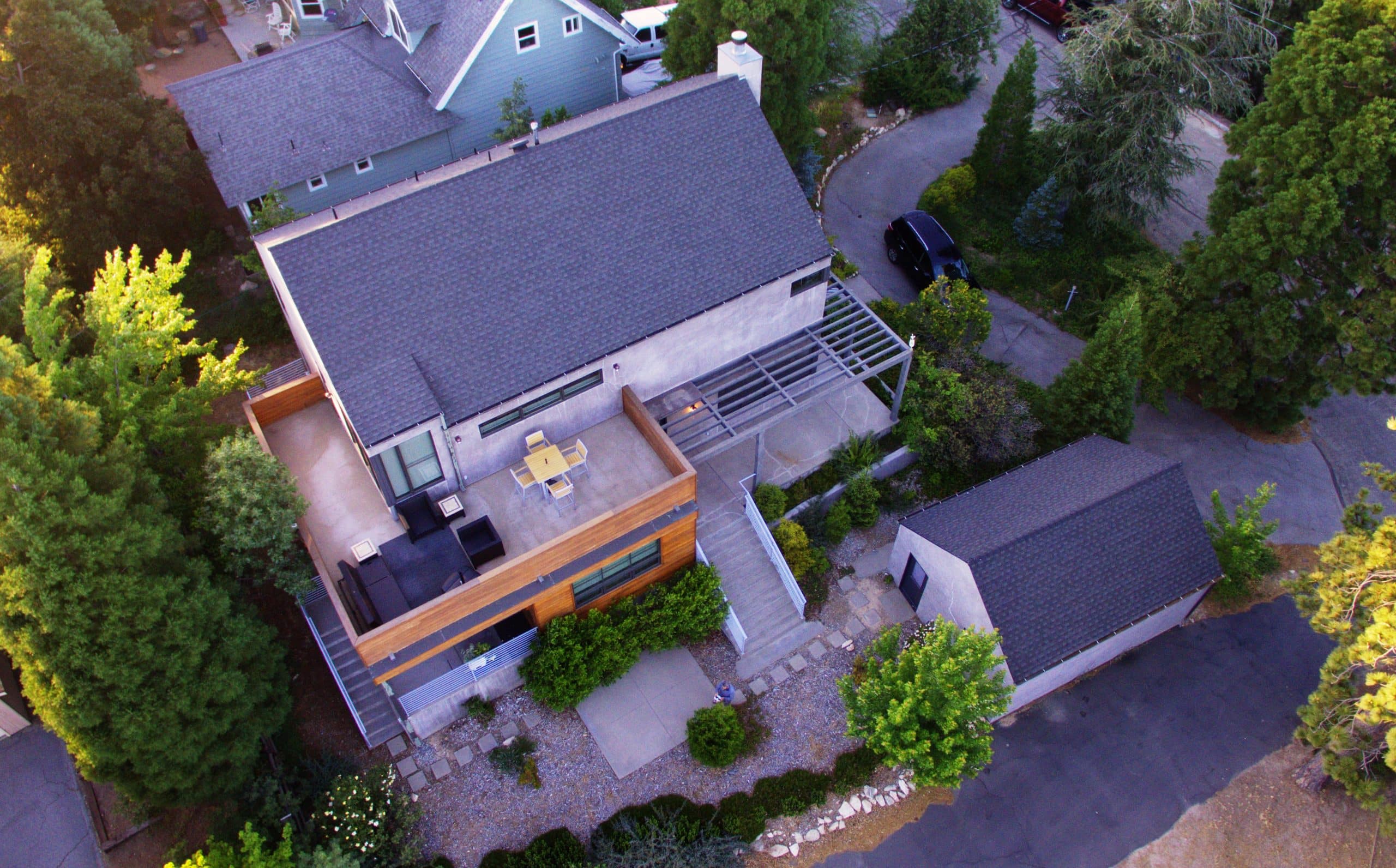
5 Lesser-Known Environmental Benefits of Planting Trees

The simple act of planting a tree isn’t as easy as it may seem. It has far-reaching implications for the environment, reduces pollution, provides a natural habitat for wildlife and feeds the soil. Beyond the visual appeal of a flowering dogwood or vibrant red maple, trees serve an important purpose.
Of course, most people are aware of some of the environmental effects of trees, and you likely know they produce oxygen and absorb carbon dioxide. However, the full range of benefits is far more broad — and fascinating — than the carbon cycle if you take a closer look.
In celebration of Arbor Day, and because trees have value long into the future, we’ll walk you through five environmental benefits of planting trees you may not have known.
1. Reduces Dust Levels in the Air
Trees absorb carbon dioxide, as you know, but they also trap dust, smoke and pollen. They function as a natural filtration system, reducing the number of airborne pollutants in the environment. While you may not notice it, the improvement is significant.
As context, the sheltered side of a tree can have 75% lower dust levels than its windward side. That reduction can have a profound effect on your health and overall comfort, allowing you to enjoy your backyard and the warm weather without watery eyes.
2. Offsets the Heat-Island Effect
Among their other protective properties, trees also offset the “heat-island” effect of urban centers. The term refers to the production of heat from human activities, which is far more noticeable in cities than the surrounding rural areas. Trees alleviate the problem with their foliage.
The shade and moisture from tree coverage can reduce temperatures and cool the air, land and water. It makes sense that the 60 million street trees across the United States have an average value of $525. They’re integral to the community.
3. Acts as an Air Conditioner
On the subject of cooling, a tree can act as an air conditioner, lowering the temperatures in an area through evaporation. The conversion of water to air vapor removes heat energy from the air with incredible efficiency, especially when compared to artificial equipment.
The evaporation from a single tree has the cooling power of 10 room-size air conditioners working 20 hours a day. A tree can also assist your heat pump, increasing its efficiency with the shade and coverage from overhanging foliage.
4. Minimizes Solar Heat Gain
Trees have additional benefits for homeowners who plant them around their driveways, patios and sidewalks. They minimize the solar heat gain from these landscaping elements, which builds up during the day and radiates at night, resulting in warmer temperatures.
In terms of solutions, the typical advice is to shade around 50% of the paved surface around your home. That said, you should take a strategic approach to selecting the best tree for your property. You’ll have to determine the size and form of the tree you want, as well as its overall appearance.
5. Enhances Water Quality
According to the USDA Forest Service, planting trees has a positive effect on water quality, resulting in less runoff and erosion. Naturally, this helps recharge the groundwater supply. Wooded areas also prevent the transport of chemicals and sediment into local streams.
Planting a tree has far-reaching implications for the environment as a whole, even if you don’t immediately recognize the benefits. More than managing heat and reducing dust levels, you’re also assisting in the preservation of aquatic ecosystems.
Planting Trees for the Future
Planting trees affects water quality, the concentration of airborne pollutants and even the temperature of the surrounding area. With that in mind, review your options and consider a new addition to your yard not only in celebration of Arbor Day, but for the future as well.



Post a comment